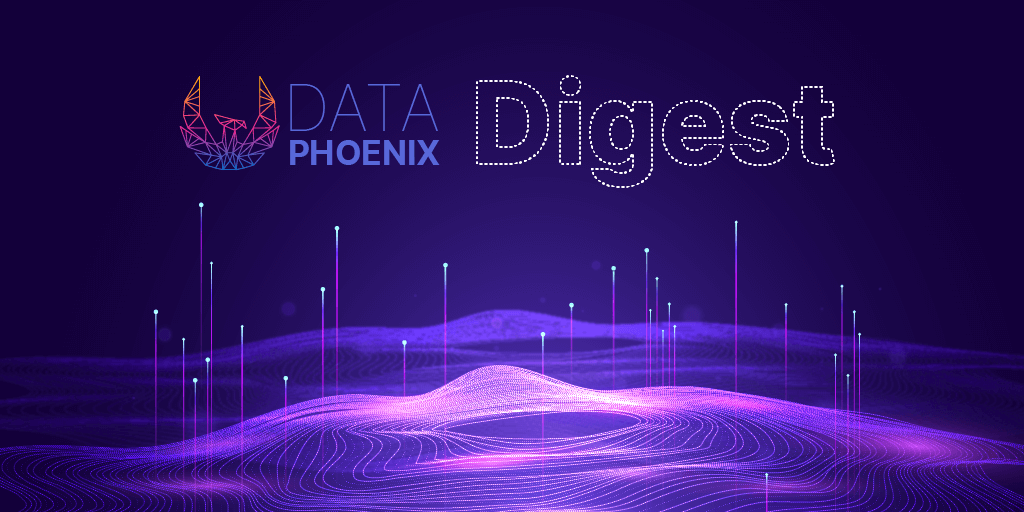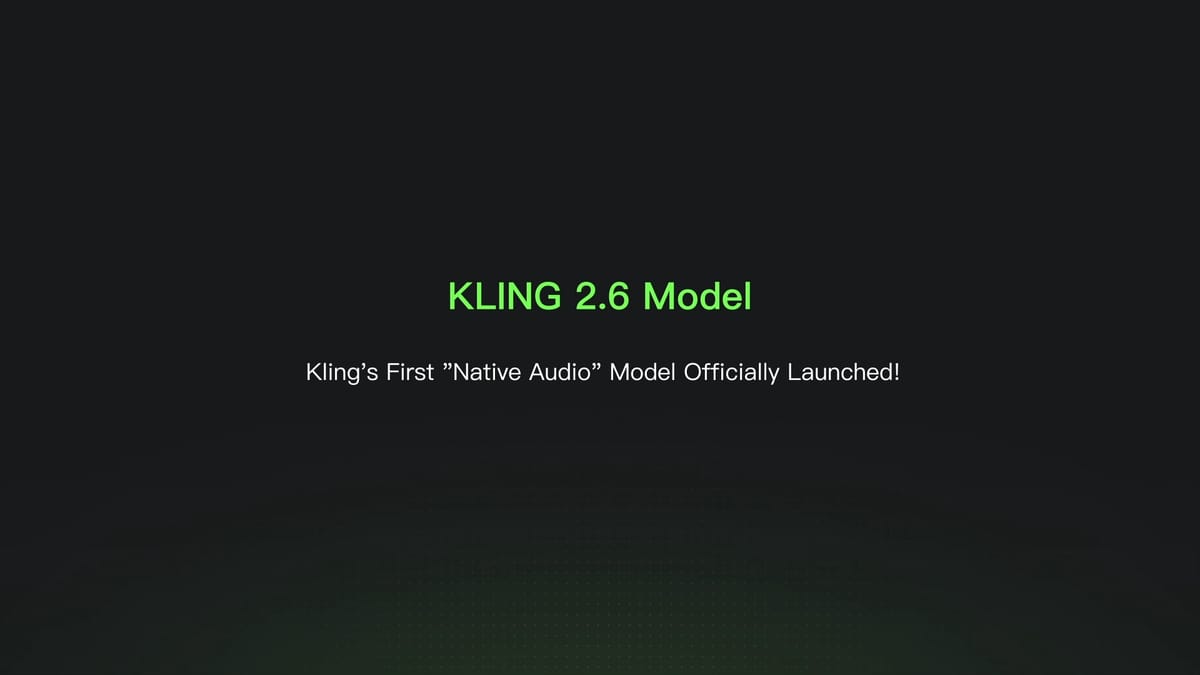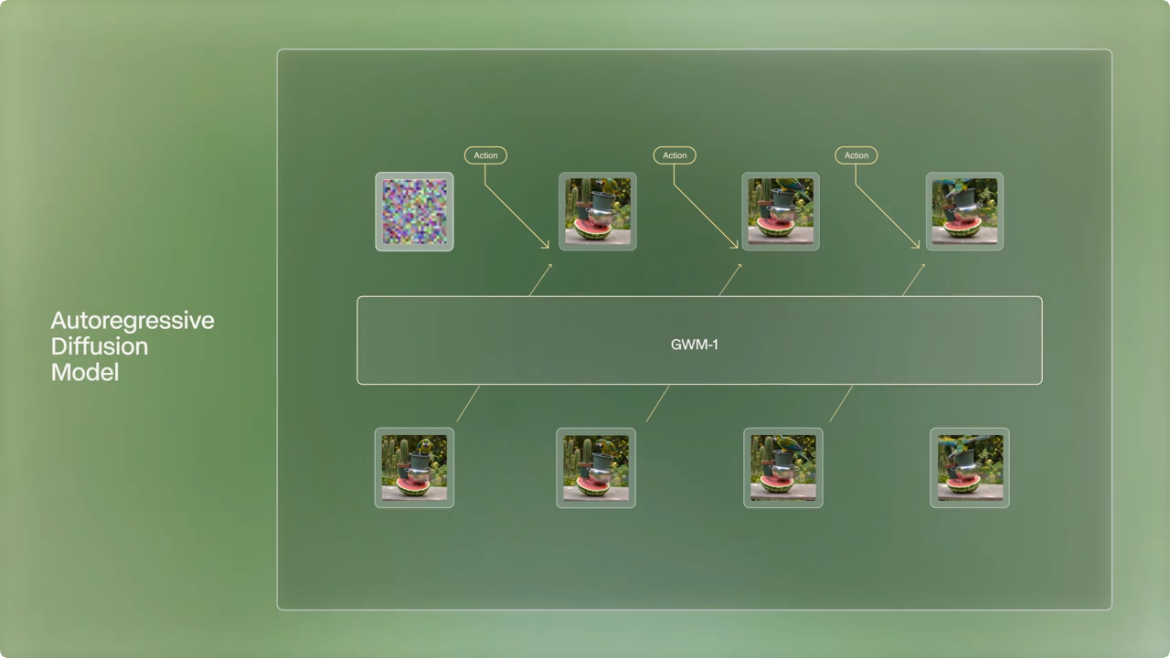NEWS
What's new this week?
AI trends report. AWS re:Invent 2021 — Anything interesting? News on DeepMind's AI. New Relic's performance monitoring. The most powerful NLP model and the latest from AI in physics.
- About 20% of tech leaders say that AI and machine learning, cloud computing, and 5G will be the most important technologies next year. Learn about the survey in more detail!
- AWS re:Invent 2021 ended last week. Was it anything interesting? Yes and no! But AWS for sure did its best to release a range of products to strengthen its suite of AI/ML services.
- DeepMind has created a system called Player of Games that can perform well at both perfect information games as well as imperfect information games. Here's how!
- New Relic has announced a solution to monitor the performance and accuracy of ML models in real-time by extending the capabilities of its flagship observability platform — New Relic One.
- Naver has announced the release of HyperCLOVA, one of the largest AI language models. It has learned 6,500 times more Korean data than GPT-3 and contains 204 billion parameters.
- MIT researchers have created a DL model that predicts the 3D shapes of a molecule solely based on a graph in 2D of its molecular structure. Molecules are represented as small graphs.
Funding News
- NewtonX, the leading B2B market research and intelligence company, raises $32M in a Series B funding round led by Marbruck Investments.
- Synthesia, a company leveraging AI to generate videos of avatars, closes a $50M Series B round led by Kleiner Perkins. The total raised has reached $66.5M.
- Suki, the leader in voice AI technology for healthcare, raises $55M in a Series C funding round led by March Capital.
ARTICLES
How to Handle ML Model Drift in Production
In this Q&A, you'll learn what to do if you have a model in production, and the data is drifting. Eight awesome and detailed tips to help you solve the problem in the bud.
XGBoost vs LightGBM: How Are They Different
XGBoost and LightGBM are two of the most popular algorithms that are based on Gradient Boosted Machines. Let's find out how different they are, with pros and cons for each.
Text-based Causal Inference
In this tutorial, you'll learn about a new method of analyzing voter fraud disinformation by estimating causal effect with text as treatment and confounder.
Get Started: DCGAN for Fashion-MNIST
This tutorial will guide you through the implementation of a Deep Convolutional GAN (DCGAN) with TensorFlow 2 / Keras. It's based on a classic GAN paper.
Creating Custom, Production-Ready AI Models Faster with NVIDIA TAO
Learn how you can use NVIDIA TAO, an AI-model-adaptation framework, to simplify and accelerate the creation of AI models in your organization.
PAPERS
HyperStyle: StyleGAN Inversion with HyperNetworks for Real Image Editing
In this paper, Yuval Alaluf et al. propose HyperStyle, a hypernetwork that learns to modulate StyleGAN's weights to faithfully express a given image in editable regions of the latent space.
EditGAN: High-Precision Semantic Image Editing
In this paper, Huan Ling et al. present EditGAN, the first GAN-driven image editing framework that outperforms previous editing methods on standard editing benchmark tasks.
Adobe Research at ICCV 2021
This page features a set of 45 papers, including 5 oral papers, 34 posters, and 6 workshop papers presented by Adobe at IEEE Computer Society International Conference on Computer Vision.
Zero-Shot Text-Guided Object Generation with Dream Fields
Dream Fields is a new method of object generation that can produce realistic, multi-view consistent object geometry and color from a variety of natural language captions, without 3D supervision.
Florence: A New Foundation Model for Computer Vision
Florence is a new CV foundation model that expands the representations from scene to object, from images to videos, and from RGB to multiple modalities like caption and depth.
BOOKS
Trustworthy Machine Learning by Kush R. Varshney
This page includes a downloadable PDF of Kush R. Varshney's book Trustworthy Machine Learning. The book is geared towards tech pros in high-stakes domains.
VIDEOS
Matthew Tancik: Neural Radiance Fields for View Synthesis
In this talk, Matthew Tancik, a researcher of non-line-of-sight imaging using data-driven approaches, presents his recent work on Neural Radiance Fields (NeRFs) for view synthesis.
JOBS
- Senior CV Engineer at SoftServe (Odesa, Lviv, Kyiv, Remote...)
- Summer Internship, Data Scientist at Spotify (London)
- Machine Learning Engineer at Lyft ****(Kyiv)
- Sr. Data Scientist at GoPro (San Mateo, Carlsbad)
- Data Scientist at Snap (Odesa, Kyiv, Remote)
- Research Data Science Intern at Dataiku (Paris, France)
- Computer Vision Engineer at Samsung R&D Institute Ukraine (Kyiv)
- Machine Learning Ops Engineer at Rackspace (Warsaw, Poland)
- Sr Machine Learning Scientist at Amazon.com (Seattle, Washington)
- Machine Learning Platform Engineer II at Mailchimp (Atlanta, Brooklyn, Oakland, Vancouver)
Looking to feature your open positions in the digest? Kindly reach out to us at editor@dataphoenix.info for details. We'll be proud to help your business thrive!






Comments